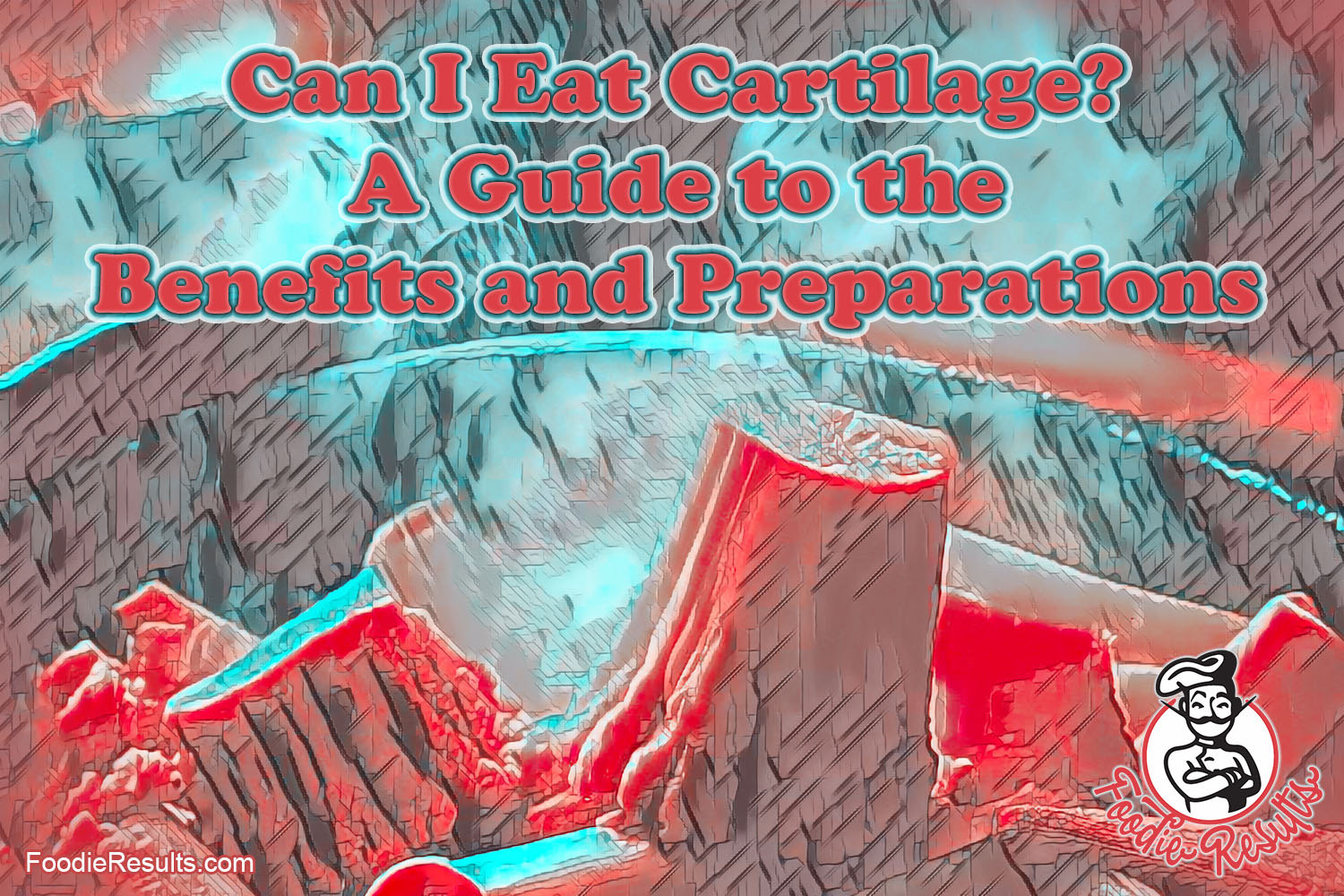If you’re new to cooking or just curious, you may wonder whether you can eat Cartilage. Cartilage is a connective tissue found in many animal parts, such as the joints, ears, and nose. Some people may find the texture unpleasant, while others may enjoy the added crunch or other surfaces, depending on how it is cooked. Let’s answer some common questions about eating Cartilage.
Short Answer: Yes, it is perfectly safe to eat Cartilage, and in many cultures worldwide, this is not a question people would even think to ask. In many cultures, people often eat ALL of the chicken cartilage from the bones, where you will find many of us from the United States passing on this great source of vitamins and nutrients.
If the Cartilage is so good, why do we not eat it? I’ll try to answer this question in the article below. Keep reading to find out about the benefits of eating Cartilage and more!
Benefits When You Eat Cartilage
Cartilage contains collagen and glucosamine, which are believed to have potential benefits for joint health. Collagen is a protein that makes up the structure of Cartilage, skin, and bones. Consuming collagen may help improve skin elasticity and reduce joint pain. Glucosamine is a natural compound found in Cartilage that can reduce joint inflammation and pain.
Furthermore, Cartilage is an excellent source of chondroitin sulfate, a compound that may help alleviate the symptoms of osteoarthritis. Chondroitin sulfate is known to help reduce inflammation and joint pain, making it a popular supplement for those suffering from joint pain. Additionally, Cartilage can significantly boost your overall nutrient intake, as it is rich in minerals such as calcium and phosphorus.
These minerals are essential for maintaining strong bones and teeth, making Cartilage an excellent addition to any diet. So, the next time you come across Cartilage on your plate, don’t be afraid to try it and reap its many benefits!
You may be asking, “But is cartilage good for me?” Keep reading, and I’ll tell you what I discovered while researching this article.

Joint Cartilage – Good for Me?
While Cartilage does have potential benefits, it should not be relied upon as a sole source of nutrition.
Cartilage is low in calories, protein, and other essential nutrients. It’s best to consume Cartilage as a supplement to a balanced diet.
Cartilage is often overlooked as a food source due to its brutal and chewy texture.
However, this texture makes Cartilage an excellent source of collagen, a protein essential for maintaining healthy skin, hair, and nails. Collagen also plays a crucial role in the elasticity and strength of joints and connective tissues.
Additionally, Cartilage contains a significant amount of hyaluronic acid, a compound that can help improve joint lubrication and reduce inflammation. With all of these potential benefits, Cartilage sounds like it could be good for us to eat.
Nutritional Value of Cartilage
Cartilage is primarily made up of water, collagen, and glucosamine.
While it does not contain many essential vitamins and minerals, it is a good source of protein. The exact nutritional content will vary depending on the type of animal and the specific part of the body the Cartilage comes from.
Cartilage should not be considered a primary food source despite being a rich collagen and hyaluronic acid source.
Its low calorie and protein content makes it an insufficient source of nutrition. However, consuming Cartilage supplements a balanced diet and improves joint health and skin elasticity.
Its rugged and chewy texture may deter some, but it’s worth considering the nutritional value and incorporating it into meals or as a supplement. Cartilage can also help reduce inflammation and joint pain with glucosamine and chondroitin sulfate, making it worth trying for those with joint pain.
Comparing Animal Cartilage Types

Different animal cartilage types may have varying textures and tastes. For example, chicken cartilage may be more tender and easily chewable, while beef cartilage may be more rigid and require more cooking time. It’s important to note that some animal cartilage may also contain higher fat levels, impacting the overall nutritional content.
Other Interesting Questions About Cartilage
- Can you eat fish cartilage? Yes, it is edible and can be found in fish ball soup and shark fin soup. However, these cartilages might have very high mercury concentrations, and there are concerns about the negative impacts of shark fin soup on the overall shark populations worldwide.
- Is it safe to eat Cartilage raw? Eating it raw can increase the risk of foodborne illness. It’s best to cook it thoroughly before consuming it. I would avoid eating raw Cartilage.
- Can dogs eat Cartilage? Dogs can safely consume it as a source of glucosamine and chondroitin for joint health. As a matter of fact, we have been feeding it to our dogs for years, and you can see a significant difference in their health when they consume it regularly.
Helpful Tips for Cooking and Eating Cartilage
- It can be added to soups, stews, and broths for flavor and nutrition.
- To remove it from bones, gently scrape it off with a knife or pull it apart with your fingers.
- It may require longer cooking times to break down and become tender.
- I have fried Cartilage and found a stir-fry recipe I plan to make soon.

Conclusion and Encouragement for Cartilage Curiosity
In conclusion, Cartilage can be a tasty and potentially beneficial addition to your diet. While it may not be a significant source of nutrition, it can provide collagen and glucosamine for joint health.
So, next time you have the opportunity to try this often-overlooked food source, give it a shot and come back to leave a comment about how your experience went!


